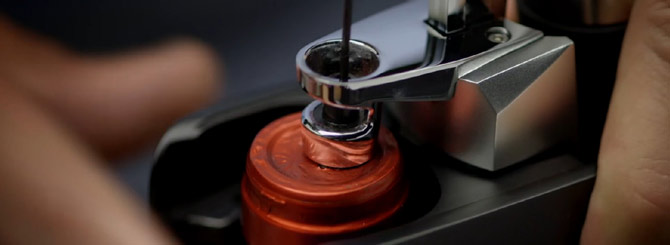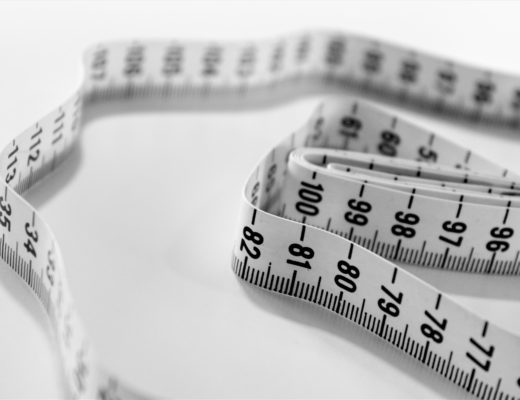How do you know if a wine is the real thing? It’s an issue that has cost some fine-wine collectors millions of dollars and seen the counterfeiters jailed.
While experts try to sort the genuine from the fakes using their eyes, nose and mouth, there may be an alternative solution. A machine that can analyze the origin of a wine through its water content has been used to create a database of wine isotopes over the past 20 years in Europe. But the cost has been prohibitive. Until now…
Isotope analysis is brought into play to authenticate foodstuffs by verifying whether products like wine, fruit juices and honey have been adulterated by the illegal addition of water and/or sugar additions.
In technical terms, isotopes are variants of chemical elements such as carbon, oxygen or hydrogen. All isotopes of an element share the same number of protons, but they differ in neutrons. The number of neutrons plus the protons makes up the isotope number.
For example, there are three natural isotopes of carbon: carbon-12, carbon-13 and carbon-14. Every carbon atom has 6 protons, so the neutron numbers of these isotopes are 6, 7 and 8.
Isotope measurements have been widely adopted in the European Union since it decided to create a databank for all wine-producing member states in 1990. These are used to check for chaptalization, the addition of water, and sweetening with sugar, and can also authenticate geographical origin and the vintage.
But beyond Europe, isotope analysis has been used sparingly on wines because it is both time consuming and expensive to undertake, explains Manish Gupta, chief technology officer at Los Gatos Research in California.
“People are using mass spectrometry [for isotope analysis] all over the world for wines. But the machines are very complicated to use and very expensive: they can cost as much as $200,000 per instrument,” he says.
To read the article in full, click here


